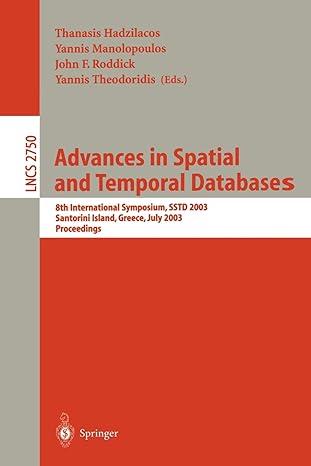Question
Consider a SISO OFDM system. Evaluate the coverage probability for the average SNR of 3 dB, when threshold SNR is 1 dB. Compare the coverage
Consider a SISO OFDM system. Evaluate the coverage probability for the average SNR of 3 dB, when threshold SNR is 1 dB. Compare the coverage probability of the SISO coherent system for the same values of SNRs.
Consider a wireless communication system where available bandwidth is 200 kHz. Determine the minimum required Eb/No for data rate of 15 kbps and 1 Mbps. Soln:-1.4784 dB and 7.9 dB. 3) Consider a wireless communication
Determine the achievable data rate. If this system is extended for NxN MIMO system, then determine the value of N so that the same data rate can be achieved in the same bandwidth at half of the SNR. However, in the NxN MIMO system only one transmit antenna is active. Then what will be the achievable data rate? What is your conclusion for the performance of NxN and 1xN system?
Consider a scenario of Heterogeneous network consisting of macro cell and pico cell. The operating frequency is 2 GHz. Assume a user equipment located at distance of 500m from macro base station and 40 m from pico base station. The transmitted power of macro base station is 40W and that of pico cell base station is 20 mW. Considering the path loss and down link received signal power, to which base station the user will be connected? However, to ensure the connection of the user with the pico cell only, do we require any cell bias to extend the range of pico cell? If the transmitted power of user equipment is 23 dBm, what is the Uplink interference power of the user at the macro base station? Ans: Downlink received power at the user from macro base station and pico base station are -76.5 dB and -77.5.
Consider a coded OFDM scheme with BPSK modulation, where (3, 1) repetition code is used before OFDM. Suppose the channel coefficients in frequency domain for three consecutive carriers are 1+j, 2-j and 1+2j and the corresponding received symbols in frequency domain are -1+2j, 2-3j and 4-j. Then, determine the transmitted bit
Step by Step Solution
There are 3 Steps involved in it
Step: 1

Get Instant Access to Expert-Tailored Solutions
See step-by-step solutions with expert insights and AI powered tools for academic success
Step: 2

Step: 3

Ace Your Homework with AI
Get the answers you need in no time with our AI-driven, step-by-step assistance
Get Started


